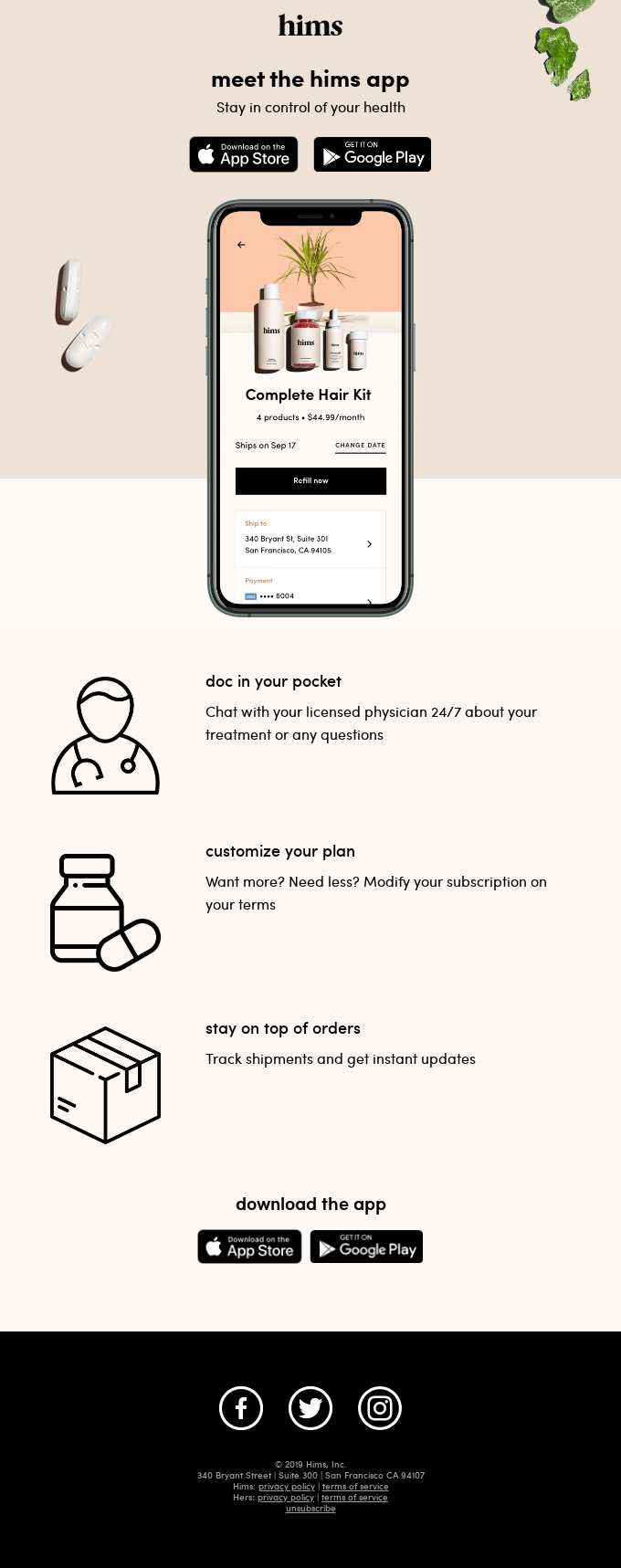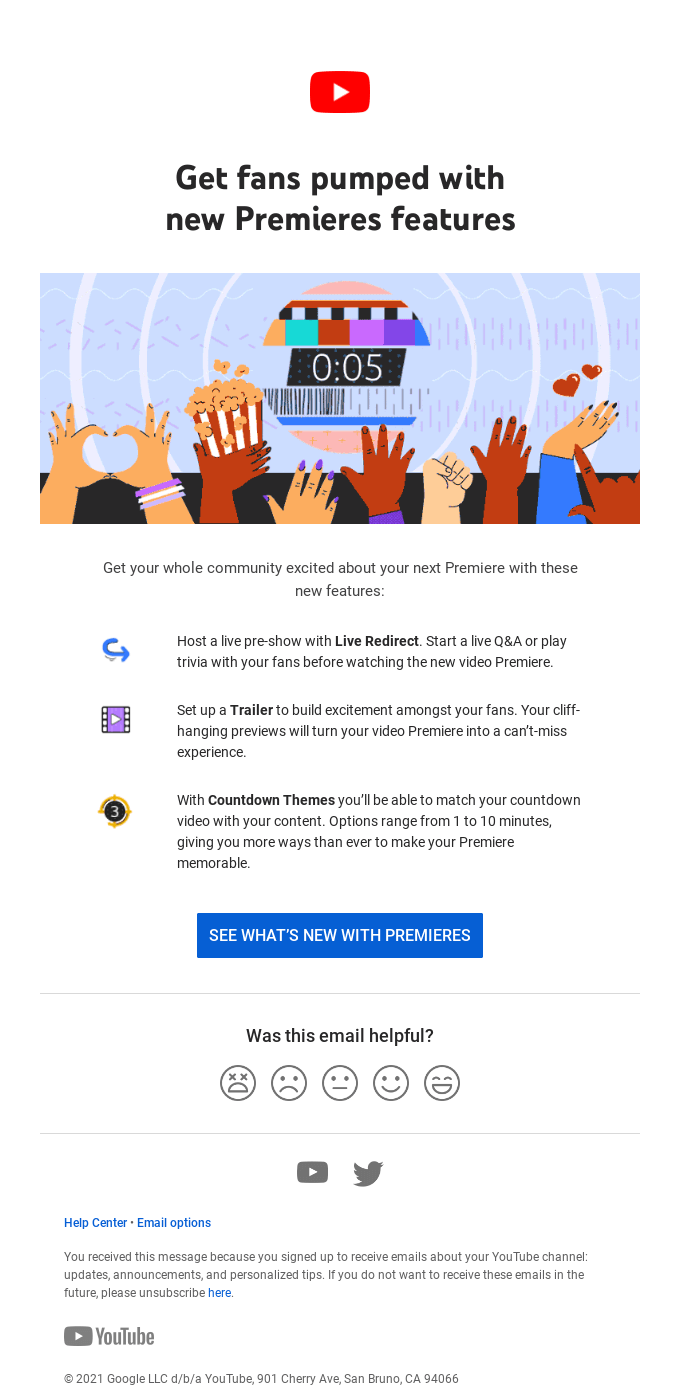Your readers’ attention is superficial (especially in the summer months). Therefore, we focus on relevance, on segmented mailing, on making sure that your content is tailored to your target group’s needs. But once you have done all of this, how can you ensure that the text in your email catches your readers’ attention and pulls them in?
{" "}
1. Summarise the essence of your message
In other words: Bottom Line Up Front (BLUF). We got this tip from a former employee of the American president. In addition to presidential briefings, you can use it for any piece you need to write.The title (five to seven words) and the first sentence (two to three lines) should contain ALL INFORMATION people need in order to understand your problem, promotion or message and make a decision.
This decision could be about accepting an offer, participating in a course, or reading the rest of your email.
2. Think carefully about the words you choose
Some words are dreary, do not add anything to your message or have a negative ring to them. Read your first sentences again and ask yourself: ‘What am I actually saying here? Can I say this more briefly or in a more exciting way?’Make your entry with a bang. Tell stories. Good stories. Delete words that add no value. Work from conversation, so that your text does not come across as stiff or formal. Use the active voice.
If you are looking for more specific copywriting tips and examples, check the replay of our copywriting webinar
3. Keep it simple and think about formatting
Hurried readers should be able to skim over your email and yet process the most important details. You can help them by not using complicated words. Alternate long sentences with short ones and do not be too colourful in your language.If you want to emphasise specific words or phrases (excellent idea), put them in bold type and use this style throughout your email. Bullets are handy to emphasise specific points. Make ample use of white space.
4. Use a lot of ‘you’ in your texts
I do not mean your personality, although we want to have that to a sufficient extent too. I literally mean the word ‘you’. Alternate it with your reader’s first name. Do the same in your subject line.5. Always a call to action
Give your reader something to do, even if you do not try to sell anything:- Check this podcast I love to listen to.
- Do you follow us on Instagram?
- Click Reply and let me know how ...
- What do you need most with ...?
- If you have any questions about this, check ...
6. Stop using roundabout language
Sometimes, you want to introduce a controversial point of view or make a suggestion. Such sentences typically start with: ‘I think we ...’ or ‘I have the feeling that ...’ or ‘Wouldn’t it be wonderful if ...’ These sentences are examples of saying something in a roundabout way, but they undermine what you actually want to say.This roundabout language makes your statements less effective, and sometimes it seems to be more polite, especially if you express discord or criticism. After all, if you appear to be wrong, you can always say it was just a thought that occurred to you.
What impression does this make on your reader? To the reader you come across as uncertain. Cancel your introduction and come to the point immediately. It sounds more convincing.
7. Ask questions
Questions break your text into sections, and they are a fun way of switching from one topic or paragraph to another. Additionally, they have an interesting side effect: the reader will answer the question in his head almost automatically or at least give it some thought.In this way, you kindle the readers’ mental powers, you plant a seed, or you lead them straight to your answer.
If you have also structured your proposition and arguments properly, your readers will find the correct answer themselves – the ultimate object of persuasive writing.
8. Repeat your most important arguments
People need repetition for a message to stick with them. Use this principle throughout your reminder emails and sales follow-up. You want your readers to know that you are the best partner for them, especially if you can support this with sufficient evidence.9. Know what you sell
Why do people actually buy your product? This is not about product properties: Which problem do they try to solve? Why are they in doubt? Which alternatives have they considered?10. Optimise your subject for opens
Every piece of text has an object. For every subject, think what is the best and briefest way to convey the essence of your email. Here, too, you want to stand out: do not disclose everything, make them curious. Personalise and play with emojis.11. Do not repeat introductions and titles
Make optimum use of every block of text and write them separately. Your subject line is not the same as your title, and the introduction to your article is not exactly the same as the promotion text in your email. Once you have made recipients click your call to action, you do not want them to think at the beginning of your blog: ‘Oh, I have read this already,’ and leave.
Would you like to try Flexmail?
Design mails tailored to your needs, reach your target group, and learn from the proper results.
Get a free trial now Michelle Dassen
Michelle Dassen







